Lessons from Hurricane Ida
We need to reduce flood vulnerability for all
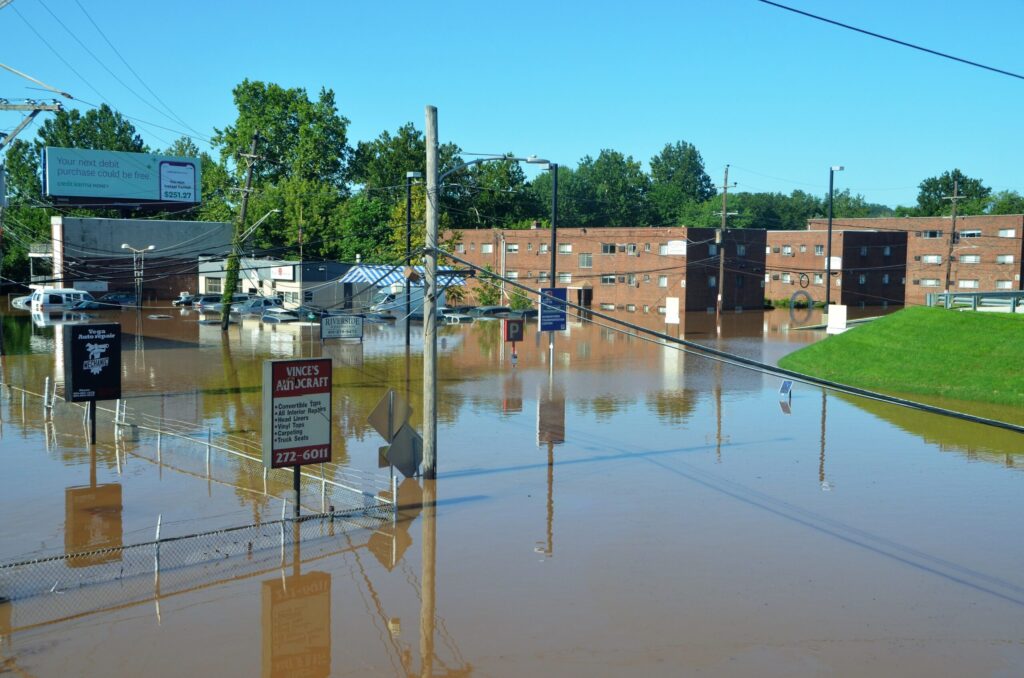
On Sunday, sixteen years to the day after Hurricane Katrina made landfall, Hurricane Ida roared ashore in Louisiana, with enough power to reverse the flow of the Mississippi River. Thankfully, unlike during Katrina, the New Orleans levee system withstood the impacts of the Category 4 hurricane and storm surge thanks to $14.5 billion invested in the city’s flood protection system. But as the images and stories roll in, it is clear that Hurricane Ida brought catastrophic flooding and storm damage for many communities in her path. A million people were left without power and utilities as they begin the long, slow process of recovery and rebuilding.
As Ida made her way north, the storm dumped significant rain onto communities across the Appalachians and Mid-Atlantic. Here in Central Pennsylvania where I live, schools were closed on the second day of the school year in expectation that flash flooding would make roads too dangerous for buses to travel. New York City’s stormwater infrastructure was overwhelmed by record setting rainfall that turned streets into rivers and drowned residents in basement apartments.

Reducing flood vulnerability will require an anti-racist approach.
Hurricane Ida is just that latest in a decades long string of catastrophic storms and floods that have sparked an outcry to reform the way we manage flooding and natural disasters as a nation. What feels different about this event, is that we are having the conversation about how to recover from a catastrophic flooding event while simultaneously having a national conversation about who is most vulnerable to floods and how to ensure equity and justice in flood management. Flood vulnerability isn’t just a matter of whether you live in the 100-year floodplain and what your community has done to improve flood resiliency. Flood vulnerability is based on both the proximity to the potential path of the flood waters as well as the various social factors that influence a person’s ability to get themselves out of harm’s way, and, perhaps most importantly, how they cope with and recover from the disaster.
Since Katrina, significant focus has been placed on increasing the resilience of communities across the country. Jesse Keenan, an associate professor at Tulane University in New Orleans and former chair of the US Community Resilience Panel for Buildings and Infrastructure Systems under the Obama White House Climate Action Plan, published an OpEd on CNN this week that suggests the legacy of Hurricane Ida will be this: it is time to move beyond the concept of resilience and begin to adapt.
“We have to transform our cities and our infrastructure to adapt to climate change. In some cases, this means building back better, but, for many, it also means building back somewhere else. We have to ask some tough questions about where we are going to rebuild and who has the resources to rebuild.”
Jesse Keenan, Associate Professor, Tulane University
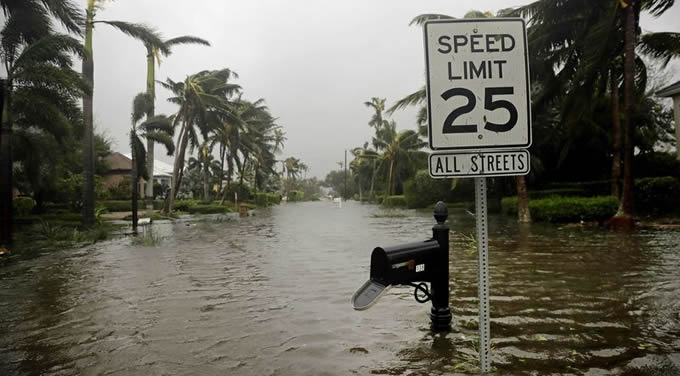
We also need to start focusing on all three aspects that influence flood vulnerability by reducing exposure, reducing susceptibility, and increasing resilience.
The science could not be clearer about the need to adapt as climate change impacts the water cycle. This summer the Intergovernmental Panel on Climate Change (IPCC) released its latest report which included finding that “Climate change is increasing the water cycle. This brings more intense rainfall and associated flooding, as well as more intense drought in many regions.” As floods become more intense, the area of land exposed to flooding will increase. A FEMA sponsored study found, in the US, the average area of the 100 yr floodplain will increase by 45% by 2100. And in some areas, the areal expansion of the floodplains will increase by 80-100%. This will dramatically increase the number of people and property exposed to flooding.
Given these prospects, we simply cannot expect to build our way to safety everywhere using the traditional methods of levees, dams and concrete. Our solutions need to prioritize reducing exposure to flooding by
- Putting in place stronger floodplain development standards that will limit unwise development in flood-prone areas
- Adapting our land use practices so that floodplains can do what they do best — flood
- Restore the natural capacity of land to absorb rainfall and slow runoff by restoring forests and wetlands, and increasing green infrastructure throughout our watersheds.
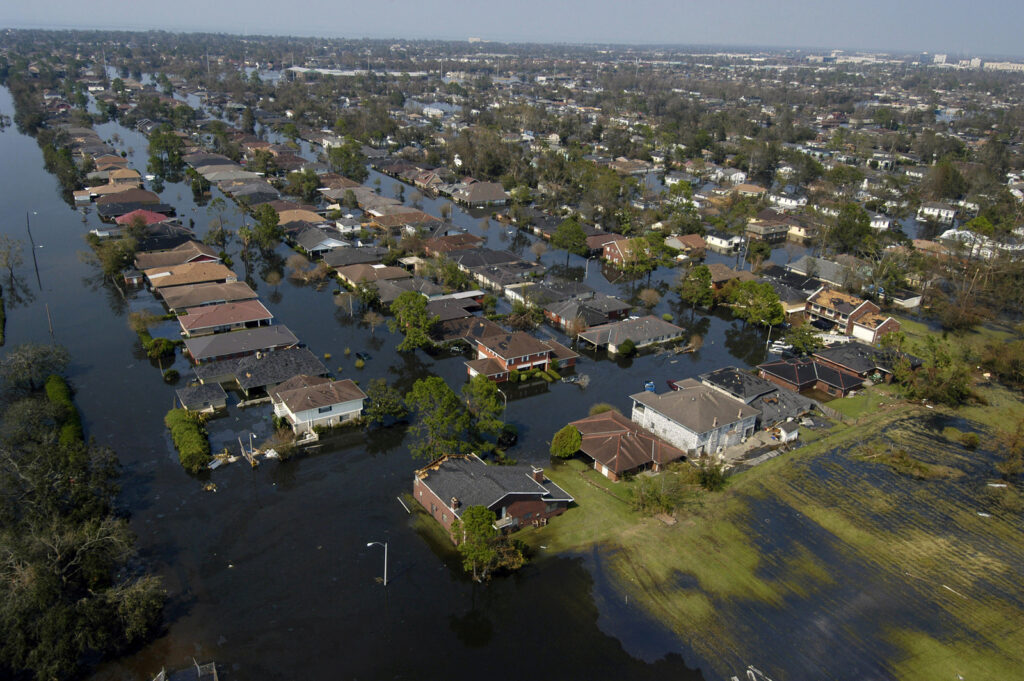
Listening to, and supporting, the most vulnerable in our communities
We are only beginning to fully comprehend and consider susceptibility to flooding including the social conditions that make someone more prone to experience flooding. According to the Natural Hazards Center, “Social vulnerability influences the capacity to anticipate, cope with, resist, and recover from the impact of a disaster. Socially vulnerable populations are thus more likely to experience disproportionate negative impacts from disasters including emotional distress, loss of property, temporary or permanent displacement, illness, and death.” Black, Indigenous, and people of color, people of lower economic status, LGBTQIA+, people with functional and access needs, and many other groups and identities are disproportionately impacted by flooding events due to social, economic and political factors. For instance, a recent analysis by Red Fin found that formerly redlined areas (a racist 1930’s housing policy) experience 25% more flood risk than non-redlined areas.
As the nation wakes up to the legacy of racism and discrimination in public policies, including flood management, we need to actively dismantle racist and discriminatory policies and practices, and devote resources to reducing exposure and increasing resilience of those most susceptible to flooding in our society. The Biden Administration’s Justice40 initiative has started down that road, by ensuring that 40% of funding via FEMA’s Flood Mitigation Assistance Program and Building Resilient Infrastructure and Communities (BRIC) Program will be directed to “disadvantaged communities”. This is a great start, but there is much more to be done to build trust with communities and people that have been left out of the flood management decision making table in the past and to adapt our practices to ensure their voices are listened to.
What comes next?
Fundamental changes are needed to reduce flood vulnerability and keep communities safe from the intense flooding events to be brought by climate change. Soon there will be key opportunities for policy change like:
- Reforming the National Flood Insurance Program to strengthen floodplain management standards, deter development in floodplains and improve information access to homeowners and renters;
- Improving hazard mitigation planning to focus investments on community-led visions that strengthen communities by addressing related issues like affordable housing, access to healthy food, and historic preservation;
- Revising policies that ensure key agencies like the U.S. Army Corps of Engineers prioritize nature-based solutions.
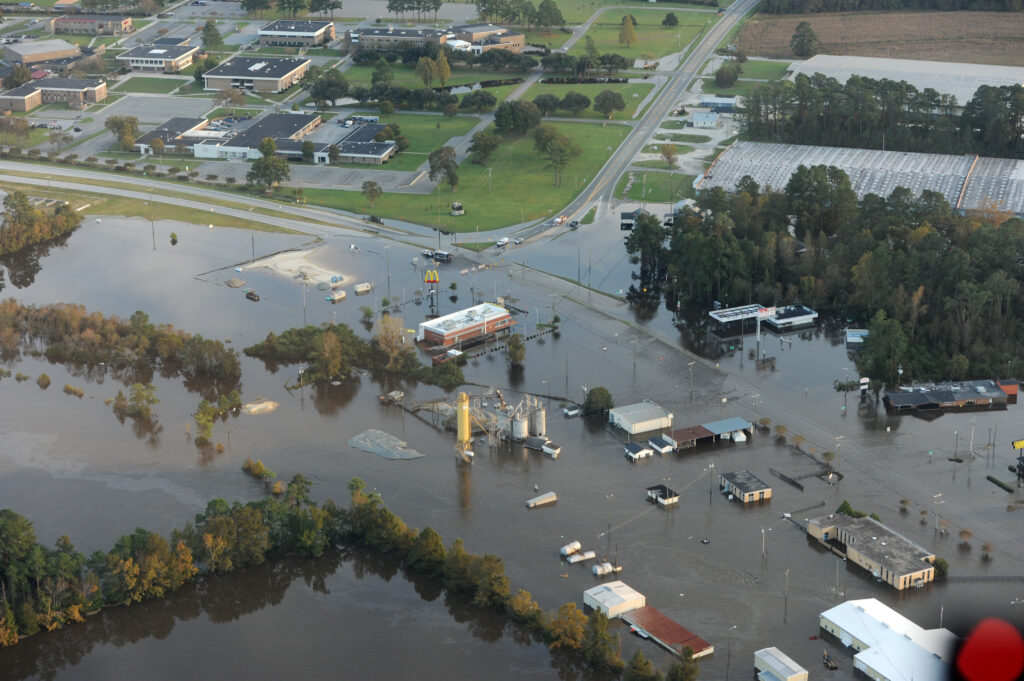
Immediately, Congress must make long overdue investments in programs that will not only make communities resilient to flooding, but will help them adapt to the impacts of climate change. The once-in-a-generation Infrastructure and Investment and Jobs Act, or (a.k.a. Bipartisan Infrastructure Bill) that passed the Senate includes some historic investments in flood mitigation: $1 Billion in additional funding for BRIC (over the statutory formula), and $3.5 Billion in funding for the Flood Mitigation Assistance Program. These investments are absolutely critical to help states and communities implement flood hazard mitigation planning, relocate and acquire flood-prone properties or ensure flood-prone structures are flood compatible, restore streams and wetlands, and install green infrastructure that will reduce flooding.
Currently, the House and Senate are progressing through the reconciliation process to build up a $3.5 trillion social infrastructure package. This is another rare opportunity to invest in improving flood management. Specifically, the reconciliation bill is an opportunity to invest in programs and issues related to climate change, the catalyst for worsening and more frequent flood events. This means investing in solutions to address a root cause of climate change, emissions. Importantly, we must also invest in sustainability and resilience to protect vulnerable communities from indefinite and worsening floods.
For instance, to date, FEMA has mapped less than one-third of the nation’s streams and coasts and most maps don’t meet the latest requirements for accuracy. The Association of State Floodplain Managers estimates that FEMA needs a minimum of $800 million annually to expand flood maps across the nation and identify the future flood risk that climate change will bring. These investments are necessary to ensure that the resilience funding being directed to states and communities will be relevant for future floods.


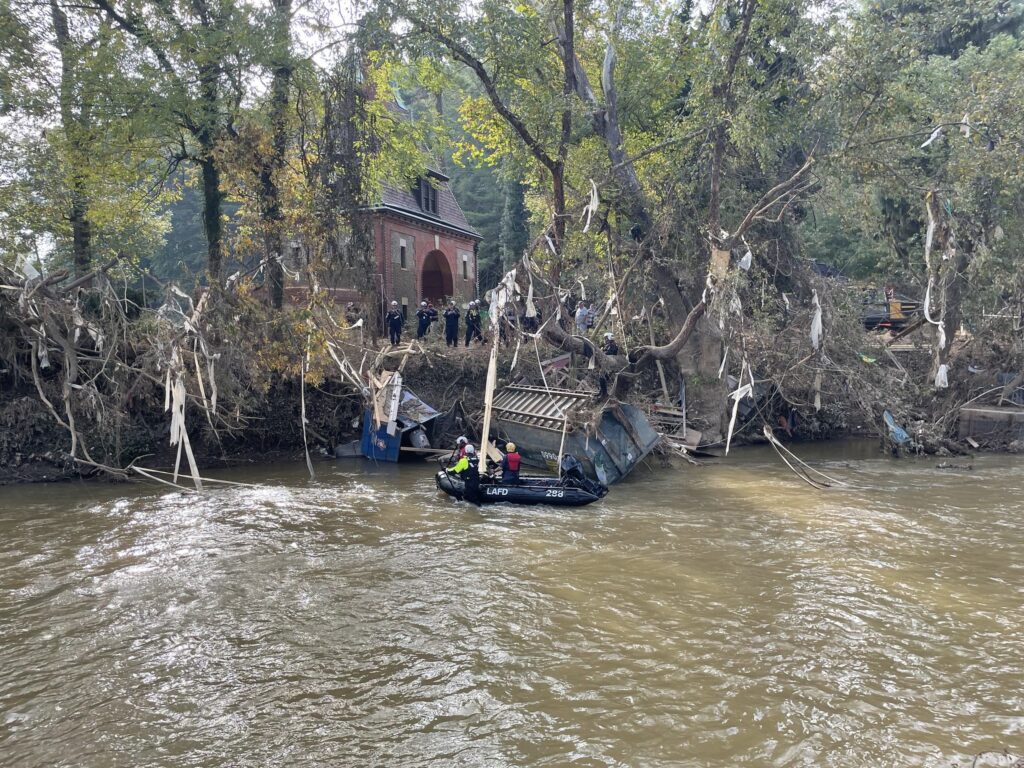

6 responses to “Lessons from Hurricane Ida”
This is more than a comment. I can weaken hurricanes I am calling on different companies that
will hire on to help. We build 10 Oil Rigs S W coast of Africa. Each Rig will have 10 stations. To syphon
seawater on board. Flash freeze seawater into very large ice blocks. The blocks of ice then go down chutes into very large cages ( 2000 sq. ft.) using 316 stainless steel.at home when i leave the freezer open too long the ice cubes stick together a group suggested we drag an iceberg across the Atlantic. I didn’t like that idea. On that
note we have 10 Rigs with 10 stations = 100
stations VOILA ! Now we are making baby icebergs 24 / 7.I am trying to get this going but
I am not getting from our leaders Republican
or Democrat. Maybe this letter will help. We are in big trouble with these hurricanes..
Thank you and God bless,
Gilbert A. Rubio
Your article seems racist to me. Your article seems like a DNC narrative to me. Maybe someone else needs to write them. Do you understand the enslavement of the TRILLIONS in spending recently passed? Most of the funds were for PORK rather than what they were sold as. The 3.5 trillion tied to the other is like Nancy telling the Obama congress “You can read it after you vote for it”. Indebted does not “Finish the Race”. Flood plains have been known for decades. Wise up!
So why don’t we try to resurrect the FEMA initiative Project Impact, started in 1997 that helped to make communities more disaster resistant?
To Silverman, and all readers: The failure of the US corp of engineers was far more complicated and controlled from “above”. The opinion postulated cannot be proven..What the science clearly shows is that humanity has passed the “point of no return”. The only course left to us is to retreat to the high ground about
and stake out much land to plant with food crops that are heat and tolerant.And Where is that high ground? About 300 feet above sea level. We need food engineering to keep many of us fed on the reduced amount of land.available that is there after losing a lot to the sea. That means jobs. Americans don’t like to surrender. On this we’ll have little choice. Building new cities is very expensive and we can barely afford to do it once. Will we do it? Not likely if the past is any guide, but we could…….
and pure your
The Biden Administration is a Day Late and a Dollar Short. The Goons can’t fight themselves out of a brown paper bag.
Your article neglects to point out that the reason the federal government spent $14 billion to repair/build a proper lever system was due to the failure of the US Corps of Engineers to properly construct the lever system mana dated by Congress in the 1960s. Had that been done then our city wouldn’t have flooded and 1500 people would not have died. Perhaps on your next coverage you could get this straight. Thank you